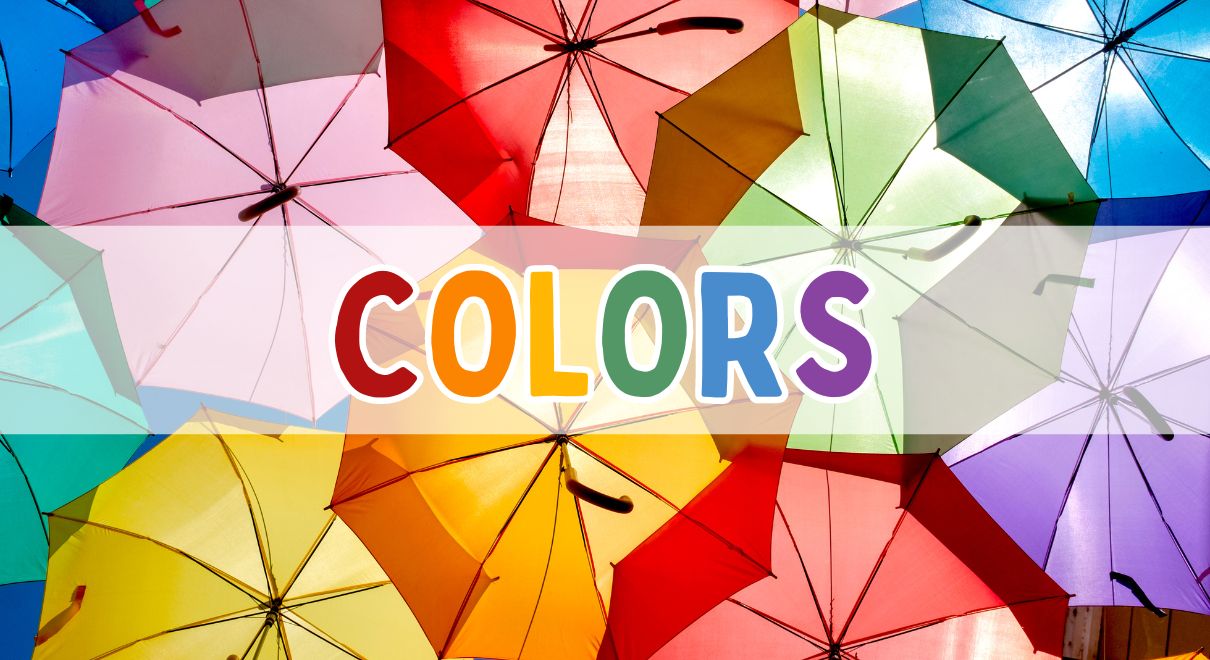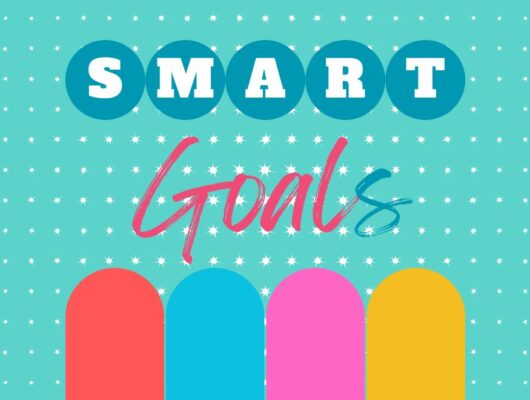The Psychology of Color in Graphic Design: How Colors Influence Perception and Behavior
Color is a powerful tool in graphic design that significantly impacts perception and behavior. The psychology of color in graphic design delves into how different hues evoke various emotions and reactions, influencing consumer decisions and brand perceptions. This understanding is essential for designers and marketers aiming to create compelling visual content and effective branding strategies.
The Emotional Impact of Colors in Graphic Design
Different colors can evoke specific emotions and associations, making color selection a critical aspect of the psychology of color in graphic design. Here’s a breakdown of how various colors typically influence human psychology:
- Red: Passion and Urgency
Red is a dynamic and intense color often associated with passion, excitement, and urgency. It can stimulate the senses, raise blood pressure, and increase heart rate. In marketing, red is commonly used to grab attention and create a sense of urgency, which is why it’s prevalent in clearance sales and “Buy Now” buttons. For instance, Coca-Cola’s use of red evokes feelings of excitement and joy, aligning with their brand message of happiness and togetherness.
- Blue: Trust and Tranquility
Blue conveys a sense of calm, trust, and professionalism. It is a color often associated with the sky and sea, invoking feelings of serenity and stability. Brands like Facebook and IBM use blue to communicate reliability and dependability. In healthcare and finance, blue is frequently used to foster trust and security.
- Yellow: Optimism and Warmth
Yellow is a bright and cheerful color symbolizing happiness, optimism, and warmth. It can be an attention-grabber but should be used sparingly as it can also cause strain if overused. Brands like McDonald’s and IKEA use yellow to evoke friendliness and approachability. Yellow is particularly effective in creating a positive, energetic atmosphere.
- Green: Growth and Health
Green is associated with nature, growth, and health. It symbolizes balance and harmony and is often used to convey eco-friendliness and wellness. Brands like Whole Foods and Starbucks utilize green to promote their natural and healthy products. Green also has a calming effect, making it suitable for spaces designed for relaxation and rejuvenation.
- Purple: Luxury and Creativity
Purple combines the stability of blue and the energy of red, representing luxury, creativity, and wisdom. It is often associated with royalty and high quality. Brands like Cadbury and Hallmark use purple to convey a sense of premium quality and sophistication. Purple can stimulate creativity and is often used in the beauty and wellness industries.
- Orange: Energy and Enthusiasm
Orange is a vibrant and energetic color that combines the excitement of red and the cheerfulness of yellow. It symbolizes enthusiasm, creativity, and warmth. Brands like Nickelodeon and Fanta use orange to appeal to a younger audience and create a fun, playful brand image. Orange is effective in promoting products related to adventure and excitement.
- Black: Sophistication and Power
Black is a powerful color that conveys sophistication, elegance, and authority. It is often used in luxury branding to evoke a sense of exclusivity and timelessness. Brands like Chanel and Nike use black to signify quality and status. Black can also be associated with mystery and can create a dramatic visual impact.
- White: Purity and Simplicity
White symbolizes purity, simplicity, and cleanliness. It is often used to create a minimalist and uncluttered aesthetic. Brands like Apple and Samsung use white to convey innovation and simplicity. White can also represent new beginnings and is frequently used in healthcare and technology sectors.
Effective Use of Color in Branding and Marketing
Understanding the psychology of color in graphic design is crucial for creating effective branding and marketing strategies. Here are some examples of how brands use color to influence perception and behavior:
- Coca-Cola
Coca-Cola’s use of red is a prime example of color psychology in action. The red color evokes feelings of excitement and joy, which aligns perfectly with their brand message of happiness and sharing moments of joy. The bold red color grabs attention and is instantly recognizable, making it a powerful tool in their branding.
- Starbucks
Starbucks’ green logo symbolizes growth, freshness, and relaxation. The green color aligns with their brand values of providing a refreshing and relaxing experience. It also emphasizes their commitment to sustainability and ethical sourcing, reinforcing their brand image as a socially responsible company.
- Apple
Apple’s use of white and minimalistic design conveys simplicity, purity, and innovation. The white color creates a clean and modern aesthetic, emphasizing their focus on cutting-edge technology and user-friendly products. This color choice helps position Apple as a premium and forward-thinking brand.
- McDonald’s
McDonald’s use of yellow and red is strategic in creating a sense of urgency and hunger. The yellow color evokes happiness and friendliness, while the red color stimulates appetite and excitement. This combination makes McDonald’s restaurants inviting and appealing, encouraging quick decisions and repeated visits.
Tips for Using the Psychology of Color in Graphic Design
When incorporating color into graphic design, it’s essential to consider the target audience, cultural context, and brand message. Here are some tips for effectively using the psychology of color in graphic design:
- Understand Your Audience
Different colors can have varying effects depending on cultural and personal preferences. Research your target audience to understand which colors resonate best with them and align with their values and expectations.
- Create Contrast
Contrast is crucial for readability and visual impact. Use contrasting colors to highlight important information and create a hierarchy in your design. For example, using a bold color for headlines and a neutral color for body text can guide the viewer’s attention effectively.
- Maintain Consistency
Consistency in color use is essential for brand recognition. Choose a color palette that reflects your brand’s identity and use it consistently across all marketing materials. This helps create a cohesive and memorable brand image.
- Consider Color Harmony
Color harmony refers to the pleasing arrangement of colors. Use color schemes such as complementary, analogous, or triadic to create visually appealing designs. Tools like Adobe Color can help in selecting harmonious color palettes.
- Test and Iterate
Experiment with different color combinations and gather feedback from your audience. A/B testing can be useful to determine which colors perform best in achieving your desired outcome. Use data to refine your color choices and optimize your design for maximum impact.
Conclusion
The psychology of color in graphic design is a fascinating and complex field that plays a vital role in influencing perception and behavior. By understanding how different colors evoke various emotions and reactions, designers and marketers can create compelling visuals that resonate with their audience and enhance brand identity. Whether it’s the excitement of red, the trust of blue, or the creativity of purple, the psychology of color in graphic design is a powerful tool that, when used effectively, can elevate your design and marketing efforts to new heights.
Click here for color palettes
Click here for our services





